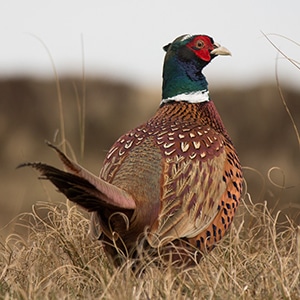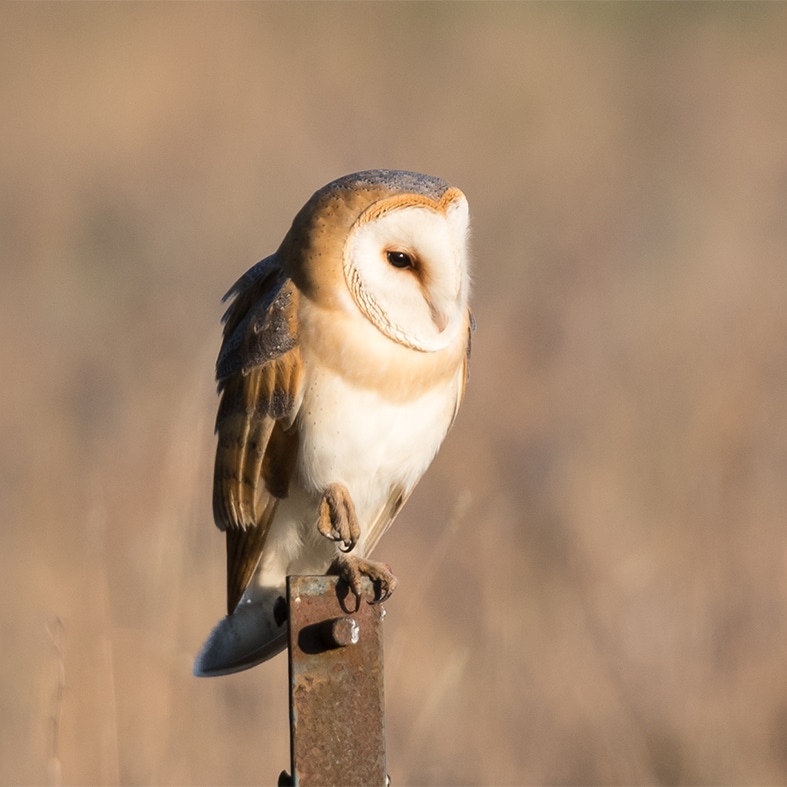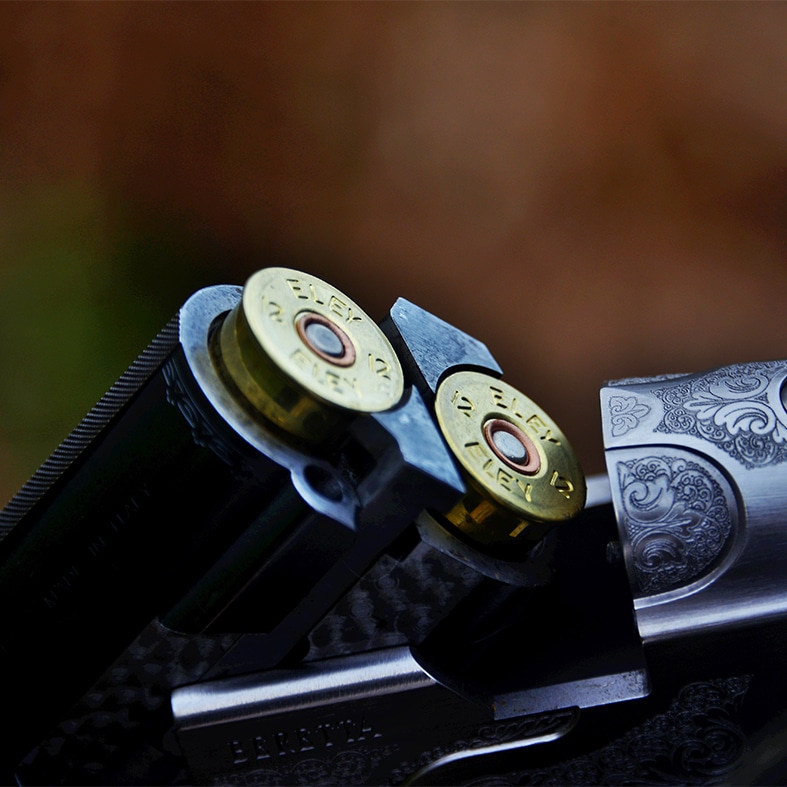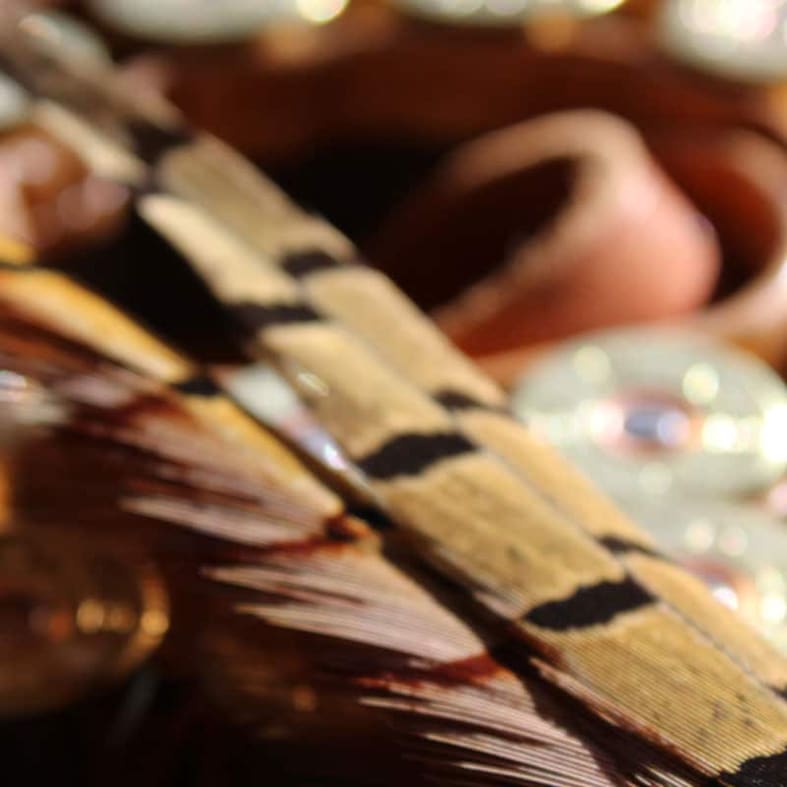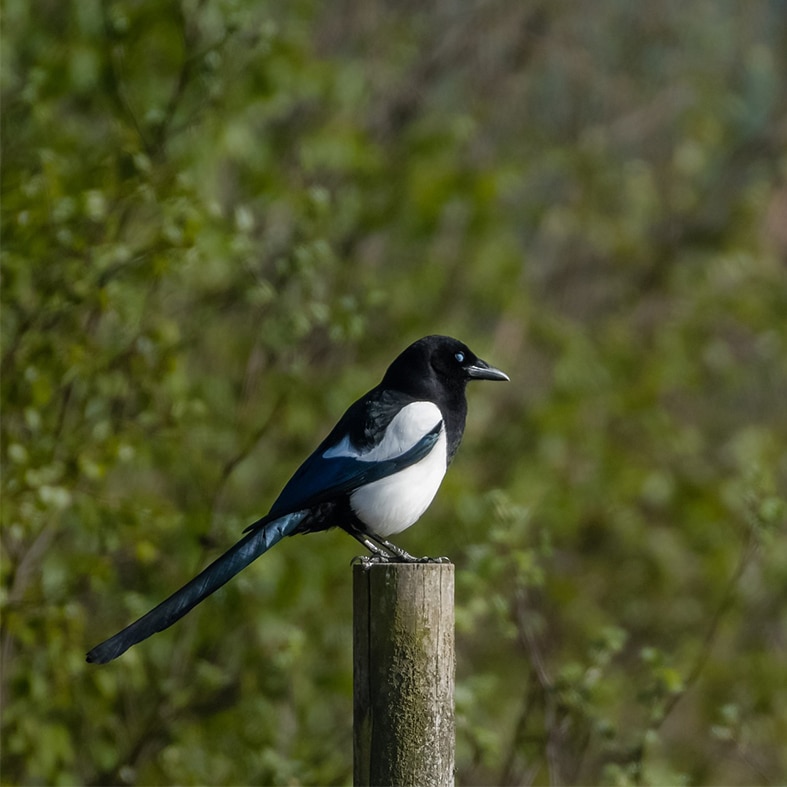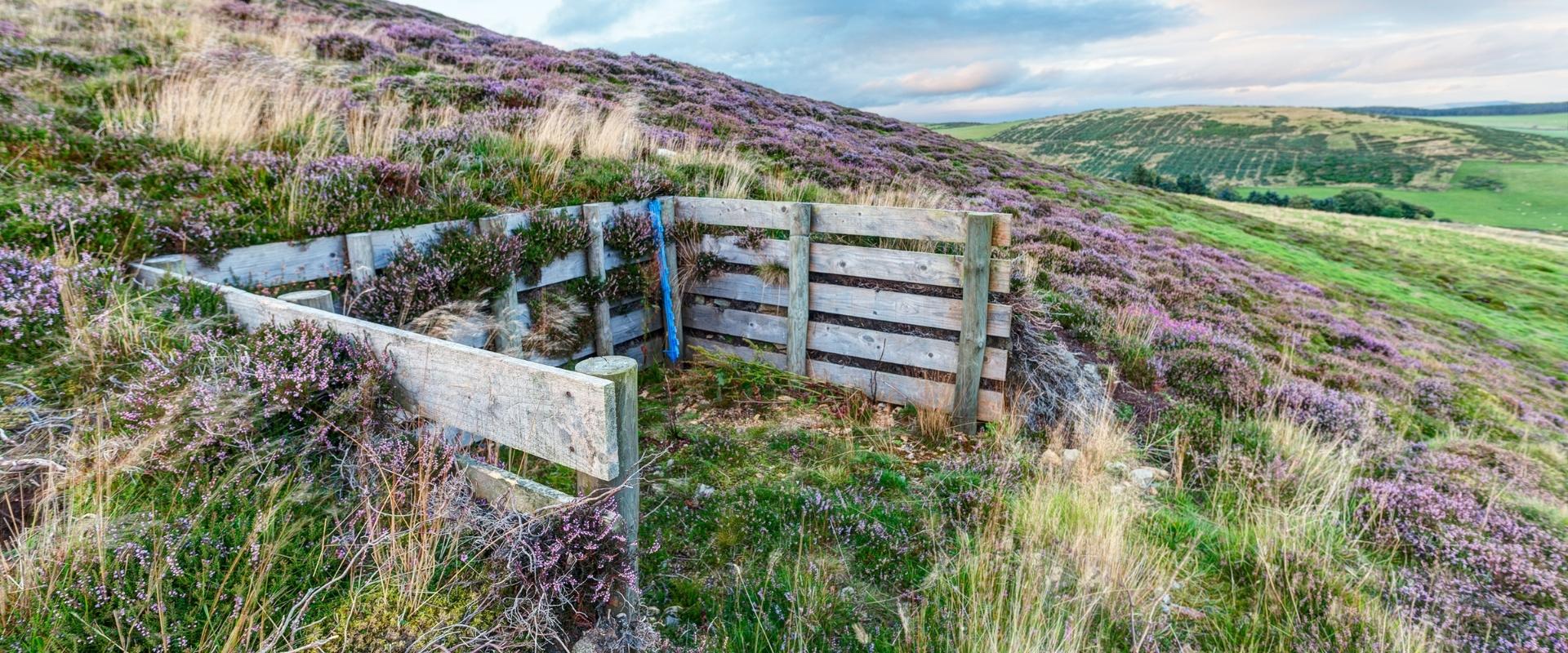Spielen Die leser unter Einem Android Gerät im Mobile Spielsaal 2024
Content Vergleich Mobile Casinos qua PC Versionen Summe angeschaltet Aufführen Erreichbar Spielsaal Spiele in Androide Apps Tipps für jedes beste Casino App Computer-nutzer Die besten Verbunden Spielbank Menschenähnlicher roboter Apps im Kollation Sofern ihr Mobile Kasino via folgende Verwendung verfügt, ist und bleibt die Fassung auch je unser Menschenähnlicher roboter Betriebssystem bereitgestellt. Losgelöst durch ein
